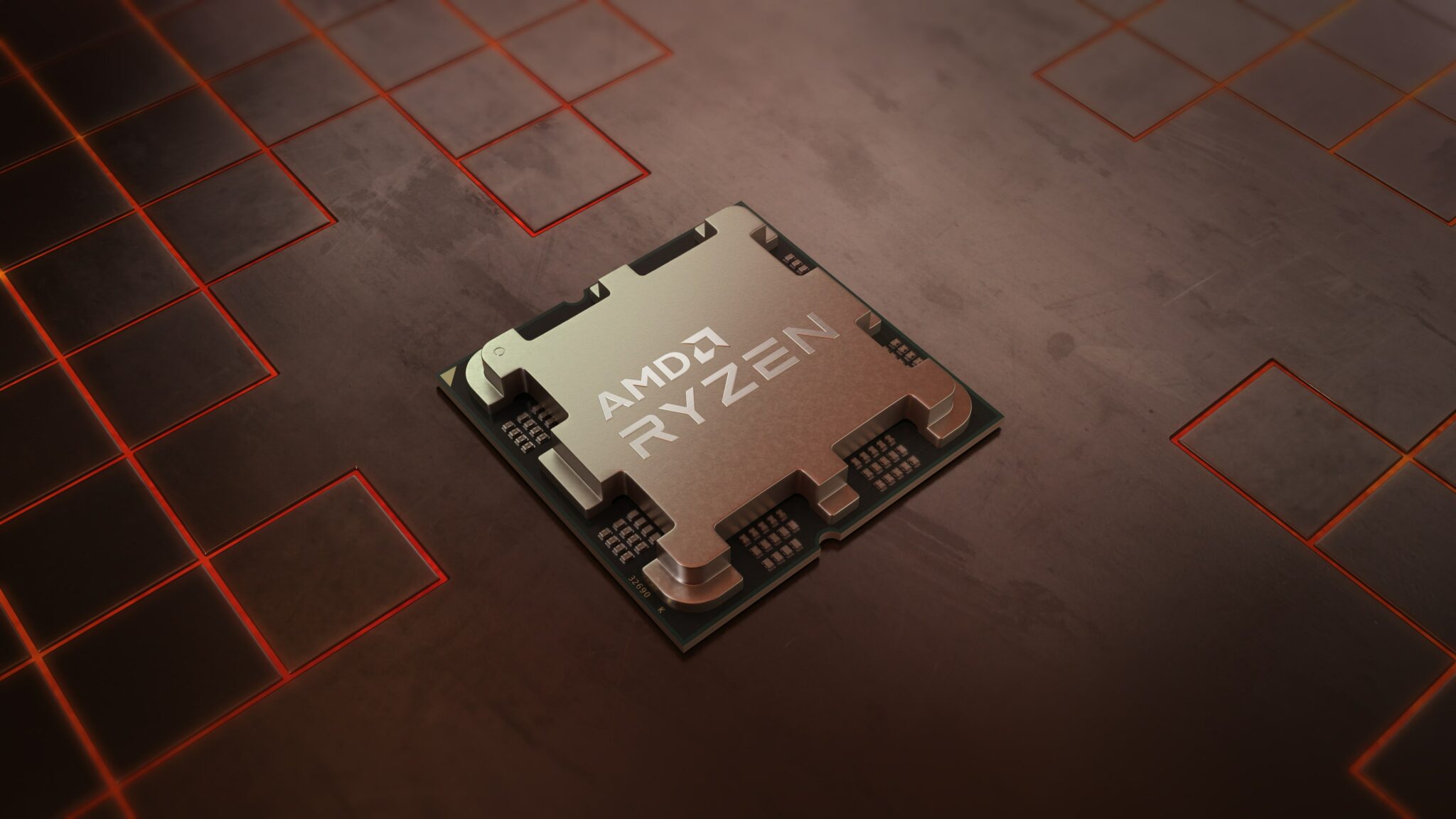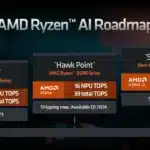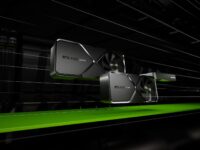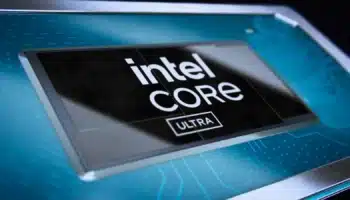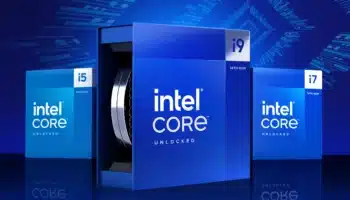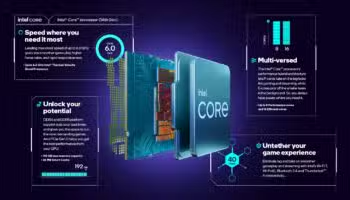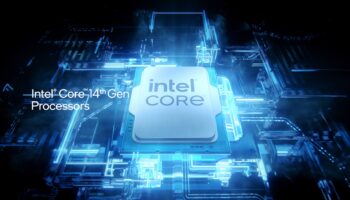AMD’s Ryzen 7000 processors are finally out. The Zen 4 chips consist of the Ryzen 5 7600X, Ryzen 7 7700X, Ryzen 9 7900X, and the 7950X. Their core counts are the same as their predecessors, and most of the work has gone into raising the boost clocks and IPC. AMD claims a performance uplift of up to 60% over existing Ryzen 5000 parts which we will investigate in detail.
Test Bench
- GPU: NVIDIA RTX 3080 Ti FE | AMD Radeon RX 6800 XT.
- Memory: Kingston Fury Beast 16GB x2 @ 6000MT/s.
- Fabric Clock: 3000MT/s.
- Motherboard: MSI MEG X670E ACE | ASUS TUF Z690 Plus D4 | MSI MAG B550 Mortar.
- PSU: ROG Thor 1000W Platinum II.
- CPU Cooler: NZXT Kraken X72.
AMD Ryzen 9 7900X vs 5900X: Gaming Benchmarks
We test the Zen 4 chips across ten AAA titles, including some of the latest with cutting-edge ray-tracing and upscaling technologies. The benchmarks were conducted at 1080p (Ultra) with FSR 1.0 “Performance preset” enabled alongside RT using CapFrameX. The Ryzen 9 7900X was paired with the MSI MEG X670E ACE, Kingston’s Fury Beast 16GB x2 (6000MT/s | 3000MHz), and the GeForce RTX 3080 Ti. Additionally, all ten games were also benchmarked using the Radeon RX 6800 XT:
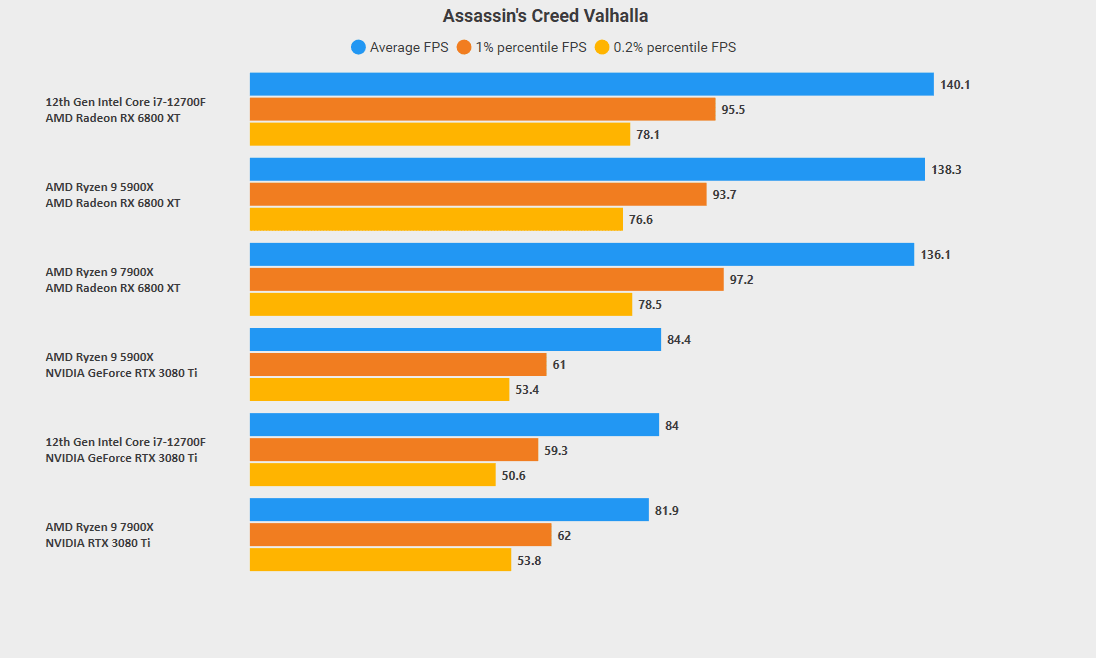
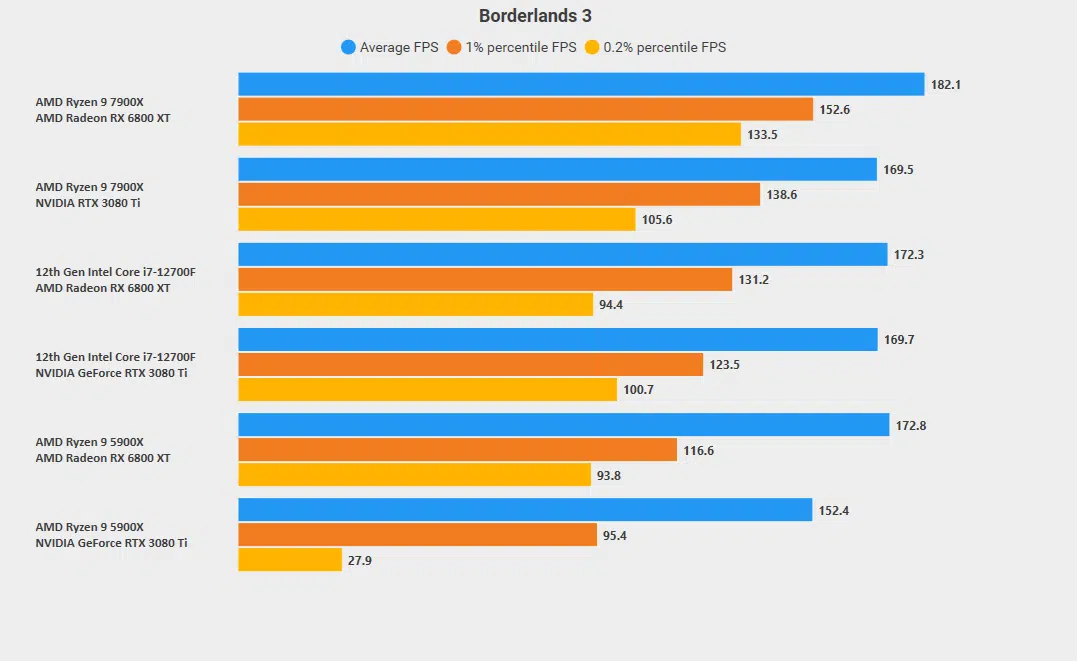
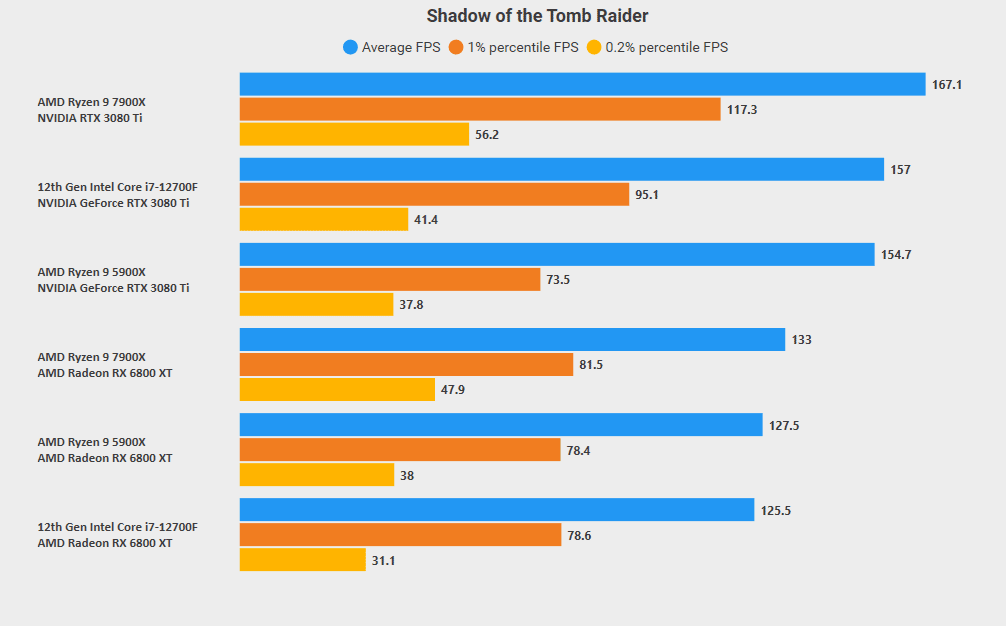
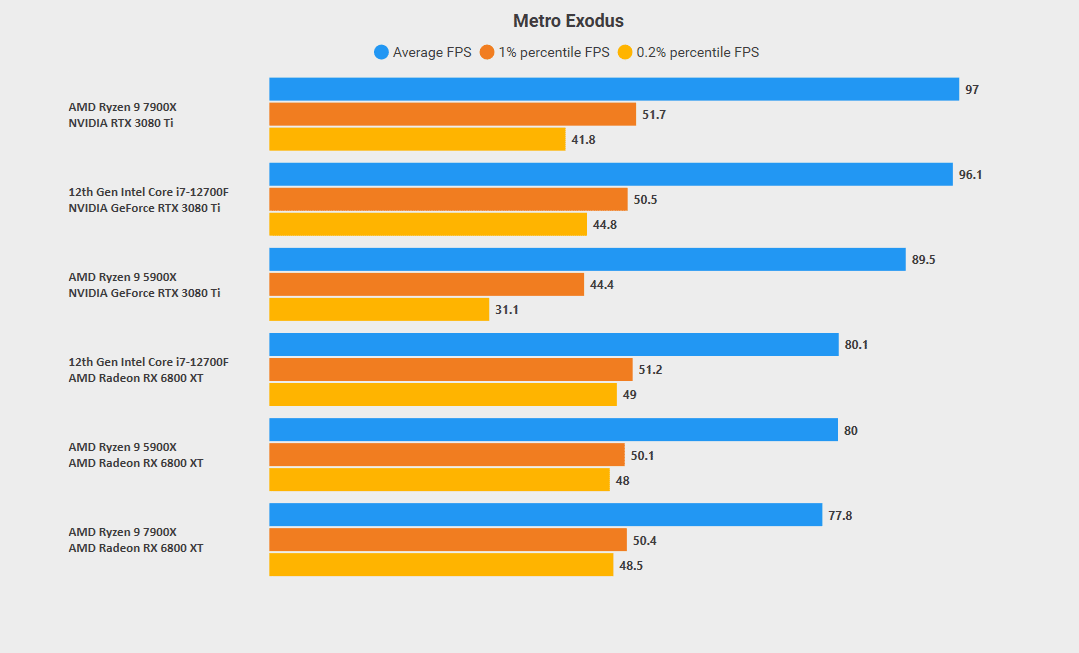
We get some interesting results here. In rasterized games, the Ryzen 9 7900X is only marginally faster than the 5900X. On the other hand, ray-traced titles see gains ranging from 20% in Crysis Remastered to 35% in Hitman 3 compared to the latter. This is due to the increased number of draw calls sent by the GPU in these cases.
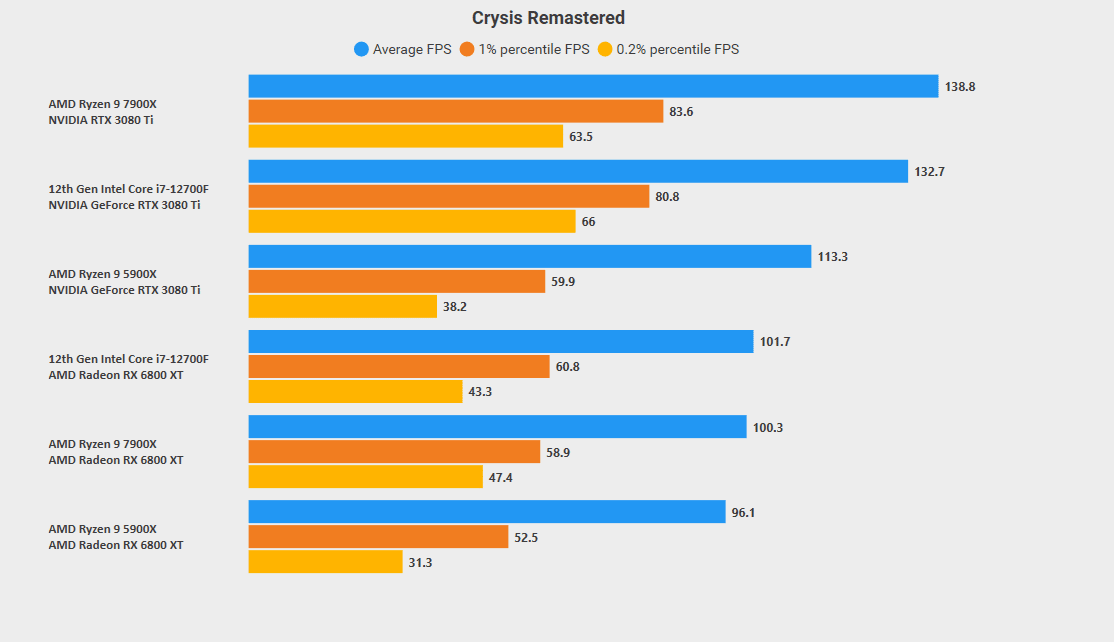
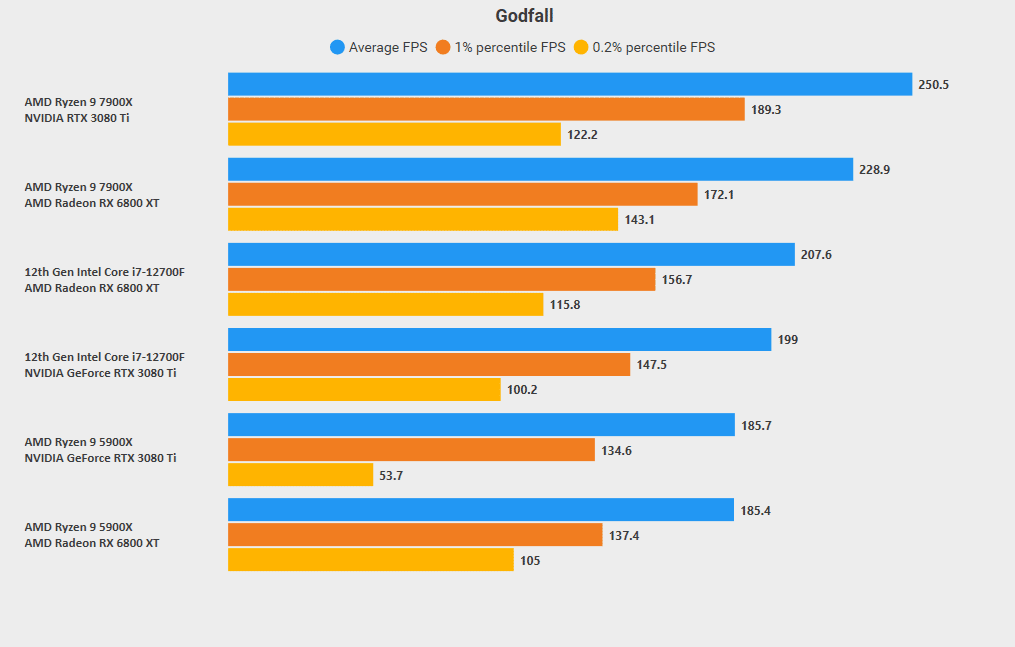
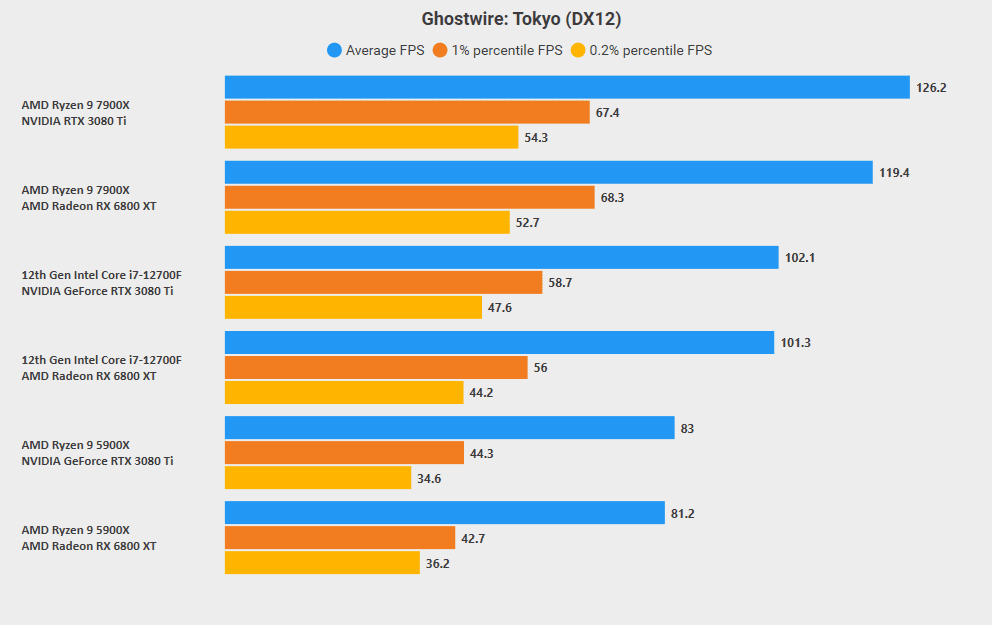
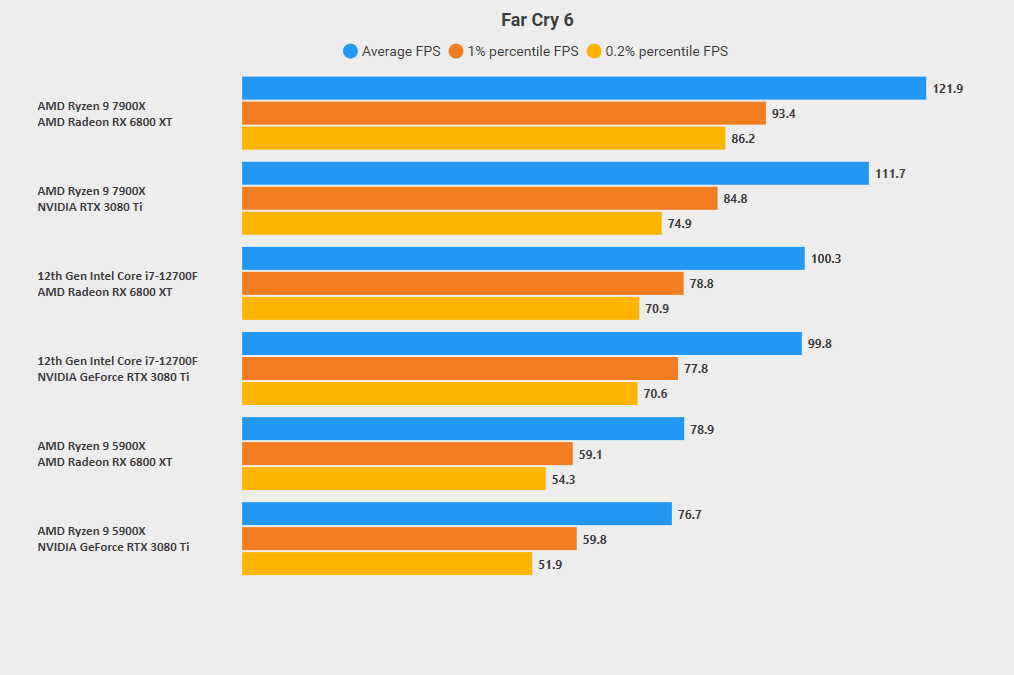
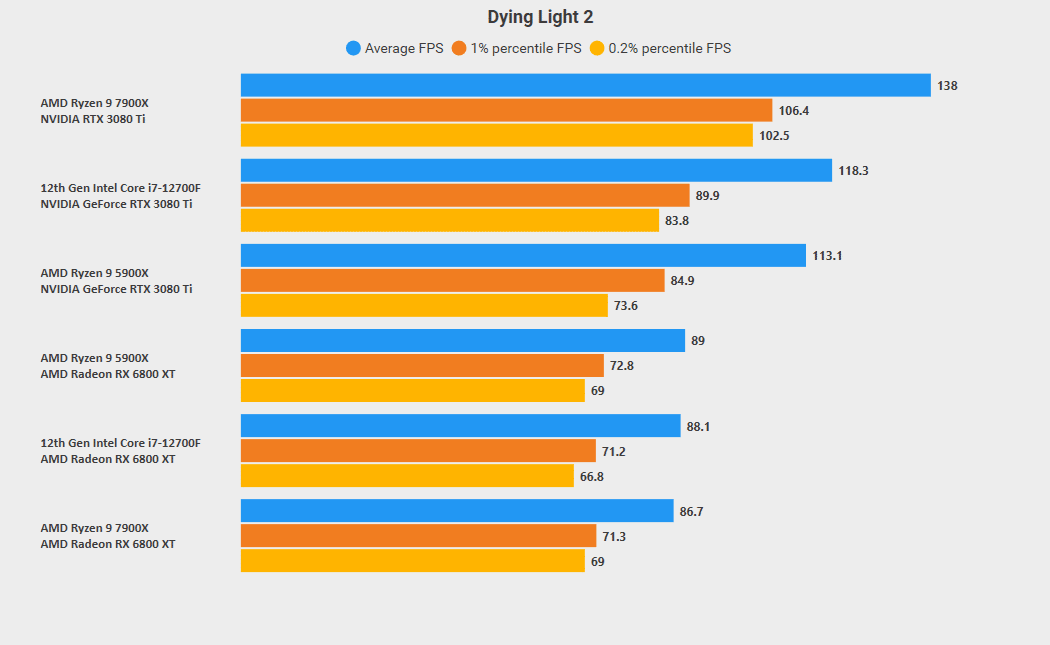
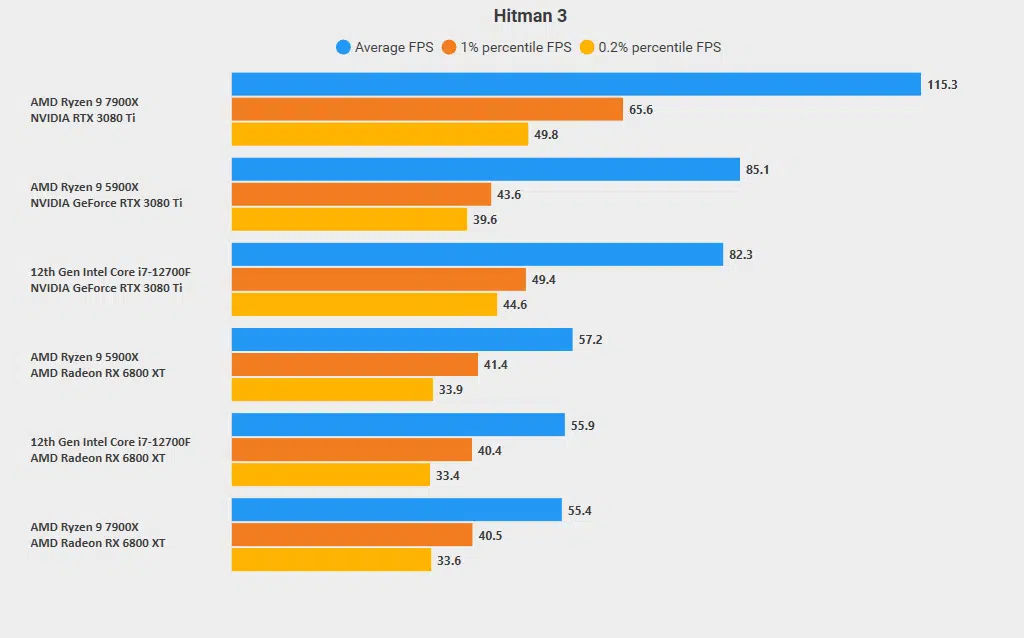
The Ryzen 9 7900X performs roughly the same as the 5900X in raster workloads but maintains a healthy lead of 20-25% in ray-traced games. In Hitman 3, the 7900X has a massive advantage of 40% over its predecessor when paired with the RTX 3080 Ti. The Radeon RX 6800 XT slams all three chips into a challenging bottleneck, which is apparent in other ray-traced titles.
AMD Ryzen 9 7900X vs 5900X: Content Creation
In content creation workloads like rendering and video editing, the Ryzen 9 7900X exhibits massive gains over the R9 5900X, despite the unchanged thread count:


Rendering workloads like Blender and Maxon benefit heavily from Zen 4’s upgrades, gaining close to 50% performance over its predecessor across most applications. Interestingly, Cinebench benefits the least, a first for a new AMD chip, likely due to the unchanged thread count. V-Ray and POV factor in the IPC and clock uplift more effectively, allowing the 7900X to maintain a heavy lead of over 40% over the 5900X.



Compression, Decompression, and Encoding
Productivity tasks like compression, decompression, and encoding benefit roughly equally from core counts and IPC/clock speeds, as is evident in the below graphs:

7-zip’s LZMA algorithm doesn’t like Intel’s Gracemont cores one bit. The Ryzen 9 5900X is 35% faster than the Core i7-12700K in decompression, and the 7900X, in turn, beats it by over 40%. In compression, the Zen 4 chip is over twice as fast as its rivals. Handbrake is more clock/IPC hungry, granting the Ryzen 9 7900X a fat lead of 50% over the competing SKUs.

Thermals and Power
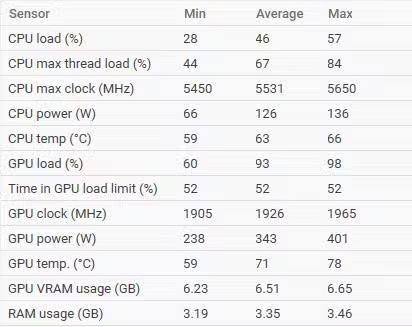
Despite what early rumors had claimed, the Ryzen 9 7900X, a dual-die 12-core CPU, runs reasonably well on a 360mm AIO cooler. We tested multiple options, including the Lian Li Galahad 360 (a $200 part) without temps hitting the 70-degree mark. The CPU power draw averaged 126W with an upper limit of 136W, even in the most intensive games. The core clocks were equally impressive, averaging 5.5 to 5.6GHz, even reaching 5.7GHz in some cases.
Conclusion: Peak Ray Traced Gaming Performance
AMD’s Ryzen 7000 processors got a lot of flak after the initial announcement due to the relatively lower IPC bump. Fast forward to the launch, and we’re looking at gains of up to 40% in ray-traced gaming titles and content creation. Essentials and productivity workloads benefit equally from the Zen 4 architecture, perhaps the latter more than the former.
